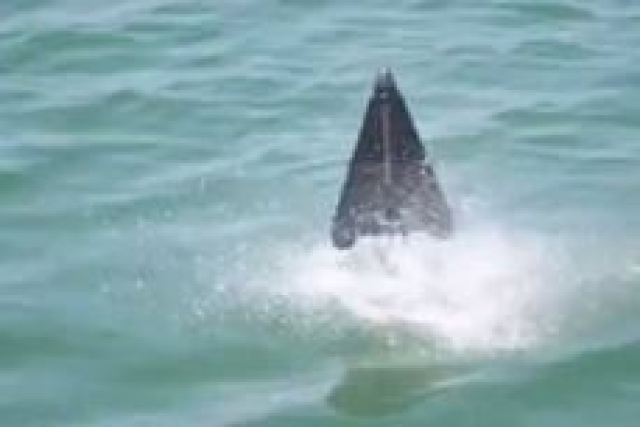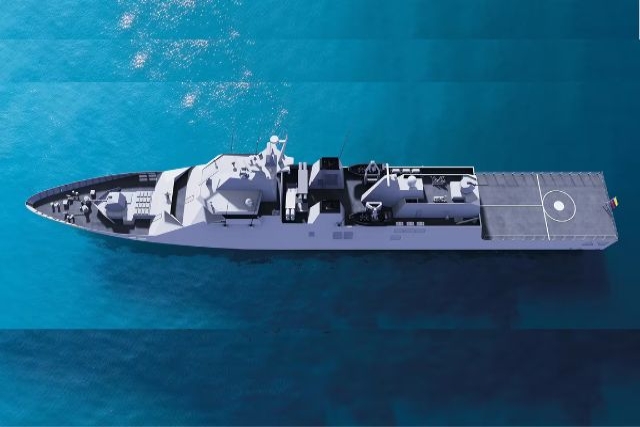China Unveils Hybrid Aerial Underwater Vehicle for Cross-Domain Missions
HAUVs enable continuous observation in both air and water for joint missions.

Chinese scientists from Shanghai Jiao Tong University (SJTU) have recently introduced the Nezha-SeaDart, a new hybrid aerial underwater vehicle (HAUV).
This vehicle, capable of vertical takeoff and landing (VTOL) from both ground and water, can cruise in the air using lift generated by its wings and transition between air and water.
The Nezha-SeaDart underwent a 10-day field test in China's Thousand Islands Lake in Zhejiang Province, demonstrating its full cross-domain mission capabilities. This vehicle is expected to be used in marine scientific research, environmental monitoring, and maritime emergency search and rescue operations, as per a scientific article published online.
The HAUV has been designed to perform a variety of tasks: it can take off and land vertically, operate underwater like an autonomous underwater vehicle, and exit water autonomously without a dedicated propulsion system. According to the scientists at SJTU, the sizing of the vehicle’s wing and thrust was carefully calculated to accommodate aerial cruises, underwater operations, and water exits.

This new development follows the earlier introduction of the Nezha-IV, which features four aerial propellers and eight underwater thrusters. Nezha-IV can operate under rough sea conditions, transition dynamically between air and water, and has been proven reliable and robust during various tests.
The capabilities of Nezha-IV, tested in the South China Sea, include operating at depths from 0 to 50 meters at a velocity of 1 knot for 22 minutes, hovering in the air for 15 minutes, and cruising at a velocity of 10 m/s for 7.2 kilometers in 12 minutes.
The Nezha-SeaDart and similar HAUVs allow for continuous, high-quality observation and sampling in both air and water environments, making them compatible for joint air-sea observation missions. Such missions are essential for studying ocean phenomena like boundary currents, upwelling, eddies, and fronts.
Autonomous control technology enables HAUVs to be remotely deployed and commanded to fly autonomously to target areas, either from onshore or from a ship. Upon completing their missions, these vehicles can return autonomously to designated recovery locations, reducing human intervention and saving time and manpower.












